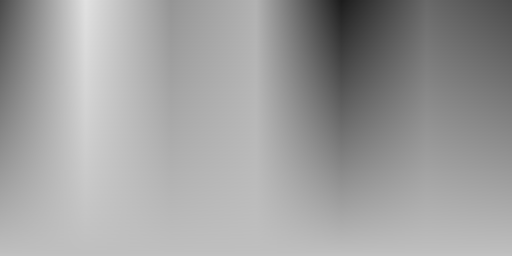Predefined
Definition
Assembly: KGySoft.Drawing.Core (in KGySoft.Drawing.Core.dll) Version: 9.1.1
public static PredefinedColorsQuantizer Grayscale(
Color32 backColor = default,
byte alphaThreshold = 128
)Public Shared Function Grayscale (
Optional backColor As Color32 = Nothing,
Optional alphaThreshold As Byte = 128
) As PredefinedColorsQuantizerpublic:
static PredefinedColorsQuantizer^ Grayscale(
Color32 backColor = Color32(),
unsigned char alphaThreshold = 128
)static member Grayscale :
?backColor : Color32 *
?alphaThreshold : byte
(* Defaults:
let _backColor = defaultArg backColor new Color32()
let _alphaThreshold = defaultArg alphaThreshold 128
*)
-> PredefinedColorsQuantizer Parameters
- backColor Color32 (Optional)
- Colors with alpha (transparency) will be blended with this color before quantizing.
The Color32.A field of the background color is ignored. This parameter is optional.
Default value: The default value of the Color32 type, which has the same RGB values as Color.Black. - alphaThreshold Byte (Optional)
- Specifies a threshold value for the Color32.A field, under which a quantized color
is considered completely transparent. Though the quantizer returned from this method never returns alpha colors, it can be relevant in some cases, for example when drawing a partially
transparent bitmap onto a solid background. The source pixels, whose alpha value is below the alphaThreshold will be skipped,
whereas alpha pixels with higher opacity will be blended with the specified backColor. This parameter is optional.
Default value: 128.
Return Value
PredefinedColorsQuantizerA PredefinedColorsQuantizer instance that can quantize colors to 8-bit grayscale ones.
Remarks
The returned quantizer uses direct mapping to grayscale colors based on human perception, which makes quantizing very fast while it is very accurate at the same time.
The returned PredefinedColorsQuantizer instance can return up to 256 possible shades of gray.
The palette of this quantizer does not contain the transparent color. To make a bitmap data grayscale with transparency you can use the ToGrayscale and MakeGrayscale extension methods.
This quantizer fits well for the Format8bppIndexed and Format8bppGrayScale pixel formats.
Examples
public static IReadWriteBitmapData ToGrayscale(IReadWriteBitmapData source, Color32 backColor = default)
{
IQuantizer quantizer = PredefinedColorsQuantizer.Grayscale(backColor);
// a.) this solution returns a new bitmap data and does not change the original one:
return source.Clone(KnownPixelFormat.Format8bppIndexed, quantizer);
// b.) alternatively, you can perform the quantizing directly on the source bitmap data:
source.Quantize(quantizer);
return source;
}The example above may produce the following results:
Original image | Quantized image |
|---|---|
|
|
|
|





